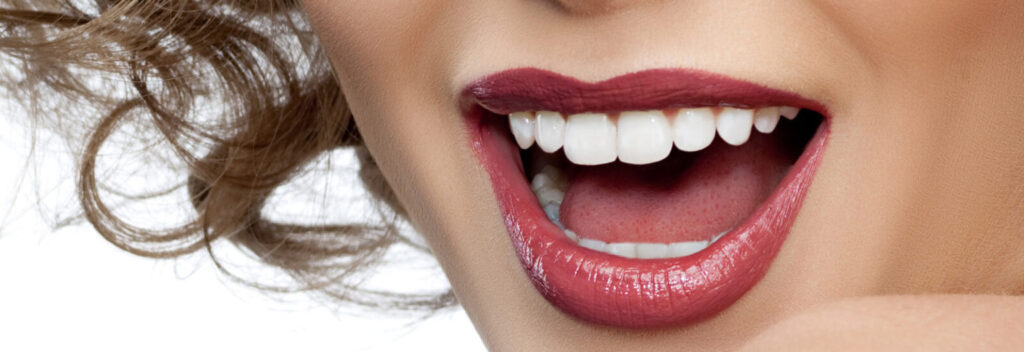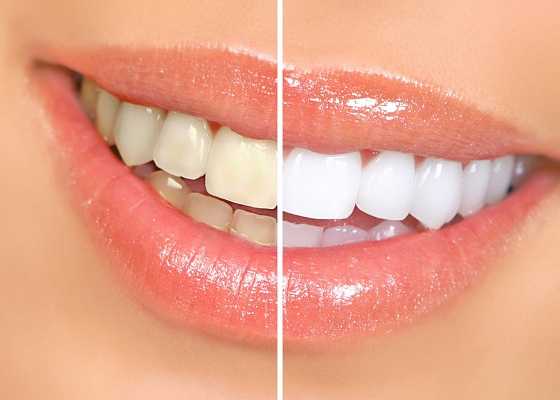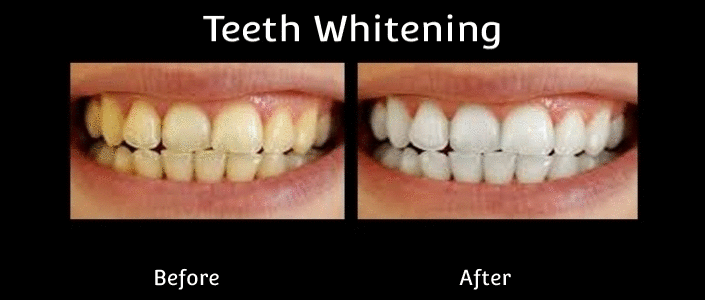FREQUENTLY ASKED QUESTIONS
Generally, anyone with healthy gums and teeth that are looking to brighten up their smile can benefit from the professional teeth whitening system. It has been shown to be highly effective at removing stains from teeth, including tobacco, coffee, tea, tetracycline, and various other tooth stains. A professional teeth whitening system will not affect existing dental work.
The process was designed to enhance the natural whiteness of the enamel. Existing restorations such as tooth-colored fillings, dentures, crowns, bonding, veneers, and bridges do not lighten. This means that any pre-existing dental work may need to be replaced to match the new tooth shade achieved in the natural teeth, should a bleaching process proceed. Clients typically apply the gel product only to their natural teeth, allowing these treated teeth to lighten up to match a cap, crown, or veneer.
Studies of teeth whitening products using 10% carbamide peroxide showed no effect on the hardness or mineral content of a tooth’s enamel surface. Professional teeth whitening does not cause permanent damage to the enamel on your teeth, and is considered harmless by most dental health professionals.
The amount of whitening varies from client to client and cannot be predicted or guaranteed; but in general use, teeth may lighten anywhere from 6 to 12 shades on the whitening shade guide. The results depend greatly on how discolored the teeth were originally. Yellow or brown teeth, surface stains, and uniformly darkened teeth are easiest to whiten. Additional whitening treatments may be needed in order to achieve the desired shade, especially with heavily stained teeth.
Teeth whitening is not permanent. People who expose their teeth to foods and beverages that cause staining may see the whiteness start to fade in as little as one month. Those who avoid foods and beverages that stain may be able to wait one year or longer before another whitening treatment or touch-up is needed.
The process takes only 30-minutes, (2 – 15-minute applications) to achieve a whiter and brighter smile. It is broken down into two 15-minute applications to allow for maximum gel concentration and light exposure, without being under the light for too long of a period to cause gum irritation. Individuals with sensitive teeth may reduce the intensity of the bleaching unit by choosing a lower power setting and those with very heavy stains may need additional treatments.
When you visit your dental office for professional tooth whitening, your dentist will have you wear a tray during the treatment that will cover your teeth with a specially formulated whitening gel. Also, your dentist may use a type of light to enhance the whitening effects of the gel.
Teeth whitening may cause sensitivity during or after treatment and slight discomfort in the gums. Both of these side effects are usually temporary and will disappear a few days after treatment. It is important to tell your dentist if you experience any of these symptoms as the dentist will be able to advise how best to cope in the meantime.
The greatest benefit that you’ll gain by seeing a dentist for tooth whitening is speed. Unlike over-the-counter kits, professional whitening uses a stronger formula that can provide you with a noticeably whiter smile in a single treatment. At-home kits that you can pick up at the drugstore often take a week or longer to provide noticeable results.



